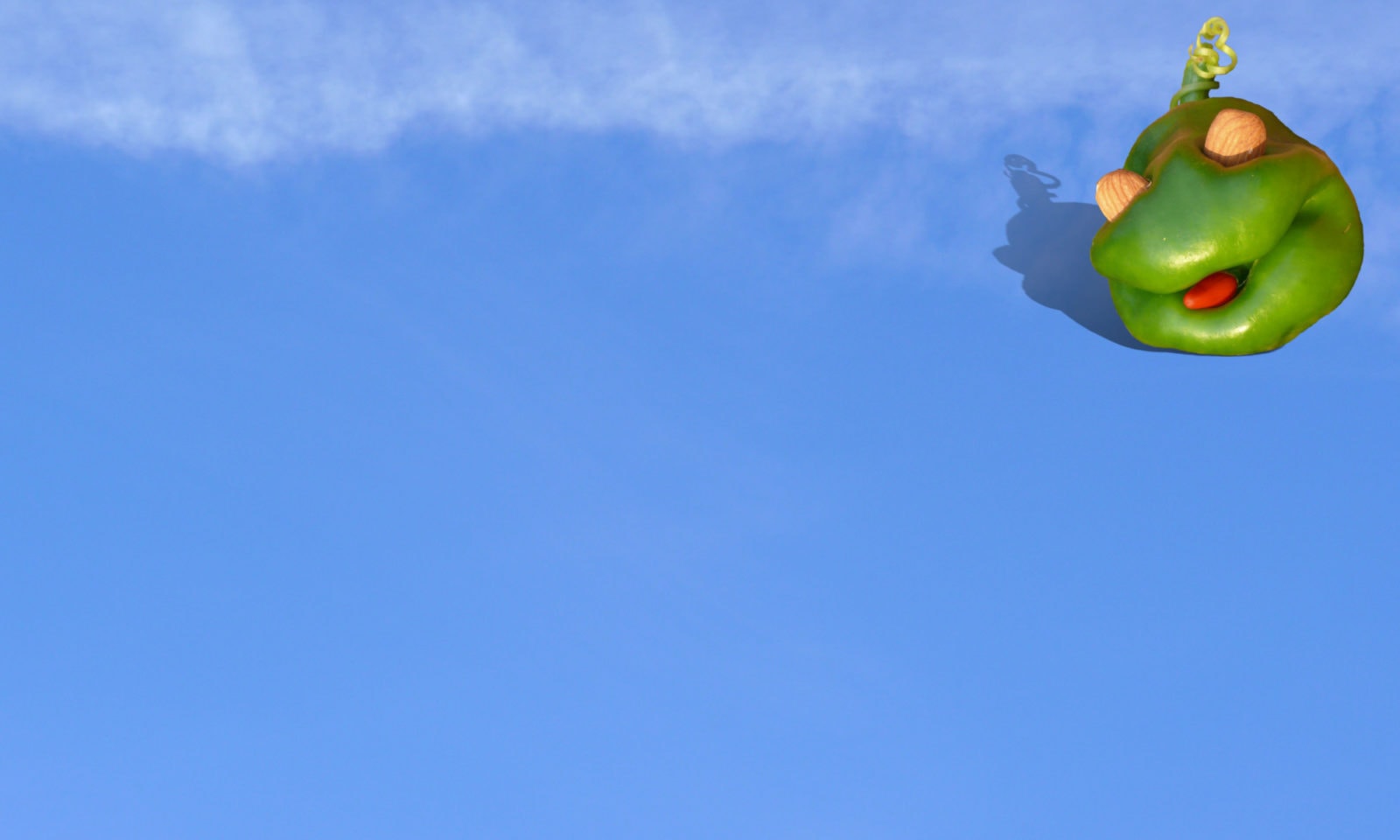Gluten free whole grains:
Most of us start out on a gluten free diet with a lot of rice and potatoes. I remember when I bought my first bag of quinoa. I didn’t know how to cook it or what it tasted like. Needless to say, it stayed in my cabinet for an awfully long time. But there’s a great world of gluten free whole grains out there, from the familiar, like brown and wild rice, to the more exotic, like quinoa, buckwheat and beyond.
Health experts agree that whole grains play a role in weight management, lowering risk of chronic diseases like cancer, diabetes, and heart disease and inflammation, too.When people think whole grains, often thoughts of wheat bread and oat bran come to mind.So where does that leave the gluten free community? The good news is that whether you enjoy crunchy, chewy or soft grains, there’s one that will work for you, and there are plenty to choose from.
Brown rice: This doesn’t require a lot of explanation. It’s readily available and inexpensive. It takes a long time to cook (around an hour), or you can always go for Uncle Ben’s. More and more companies are selling frozen or bagged brown rice, which makes it quick and easy. To keep things interesting, there are varieties like Bhutanese Red Rice, which cooks in 25-30 minutes, or Chinese Black Rice, which turns a beautiful purple color when cooked.
Wild rice: It’s widely available, and has more of many vitamins and minerals than brown rice. It has a nutty flavor, and works very well in soups, hot or cold salads, casseroles, as a stuffing for poultry or vegetables, or as a pilaf. Like brown rice, it freezes well.
Quinoa: this one of the easiest “beginner” GF grains. In the past few years, it’s gained popularity among gluten eaters and non-gluten eaters alike. Quinoa is actually not a grain, but the seeds of a plant. Quinoa is a traditional Incan food and is considered a “superfood” due to the fact that it’s a wonderful source of iron, magnesium, phosphorous, and zinc and a vegetarian complete source of protein, meaning it has all of the amino acids that are needed in the body. Quinoa is a relatively firm grain with a consistency like couscous, just a little larger. It cooks in just 15-20 minutes. It works well in casseroles, pilafs, as a stuffing for vegetables or poultry, or just by itself. Quinoa flakes are also available, and these substitute well for oatmeal in cooking and baking.
Buckwheat: There’s much more to buckwheat than pancakes! Buckwheat is completely unrelated to wheat and actually is a distant relative of rhubarb. Buckwheat is a great source of protein, magnesium, zinc, phosphorus, potassium, and several B vitamins. The edible portion, or groat, is also known as kasha. It has a nutty flavor, which becomes stronger if toasted (whether that is desirable is a matter of personal preference). Buckwheat is a great pilaf, side dish, stuffing, or hot breakfast cereal and cooks in just 20 minutes. It is also sold as Soba noodles, but check labels carefully: most Soba noodles are a mix of buckwheat and wheat.
In more exotic territory, there’s millet, teff, sorghum, and amaranth, too, which are a story for another day.
By now, hopefully you’re convinced that there are a lot of great gluten free grain options out there. But for most people, the hardest hurdle is just getting started trying them! If someone put a bowl of plain rice in front of you, chances are you wouldn’t be terribly inspired by the taste. So here are a few hints for cooking whole grains:
- Cook the grains in broth instead of water.
- Sauté some garlic or ginger and/or vegetables, then add in the required amount of broth or water and grains, and cook as directed.
- Add in herbs, spices, a squirt of lemon, etc.
Or, if you’re nearby, come to the GF and Healthy Class on Feb 21st! We’ll be talking about gluten free whole grains, other great sources of fiber, and ways to make sure to eat a balanced gluten free diet.
Classes:
Feb 21st, 2009, 11:00-1:00
For more information or to register, please see http://www.harriswholehealth.com/services
*Different GF whole grains and flours and how to use them
*Many GF ways to get fiber
*Easy ways to make meals and baked goods healthier
*And much more!
We will be making a tasty quinoa dish, and there will be other yummy treats.
Location: 3345 Duke Street, Alexandria, VA
also,
Living and Loving a GF Diet
Saturday,March 7th
11:00-12:30
* Celiac disease, gluten sensitivity and the importance of testing
* All you ever wanted to know about label reading
* Foods to avoid, cross contamination and hidden gluten
* Sorting out the facts from common myths
* Where to get support-local and online groups, websites, books
2nd Annual GF and Healthy Recipe Contest!
Submission and rules here
You could win cookbooks, GF goodies, and of course, bragging rights! Submit your recipe by Feb 15th, 2009.
Harris Whole Health offers individual sessions, family sessions and group classes to help people eat healthier and feel better! Whether you are dealing with Celiac Disease, food allergies, picky eaters, children on the Autistic spectrum, chronic illness, or if you just want to feel and look better, Cheryl can help you achieve your goals. For an appointment with Cheryl Harris, Registered Dietitian and Nutritionist, please click here or call 571-271-8742.
